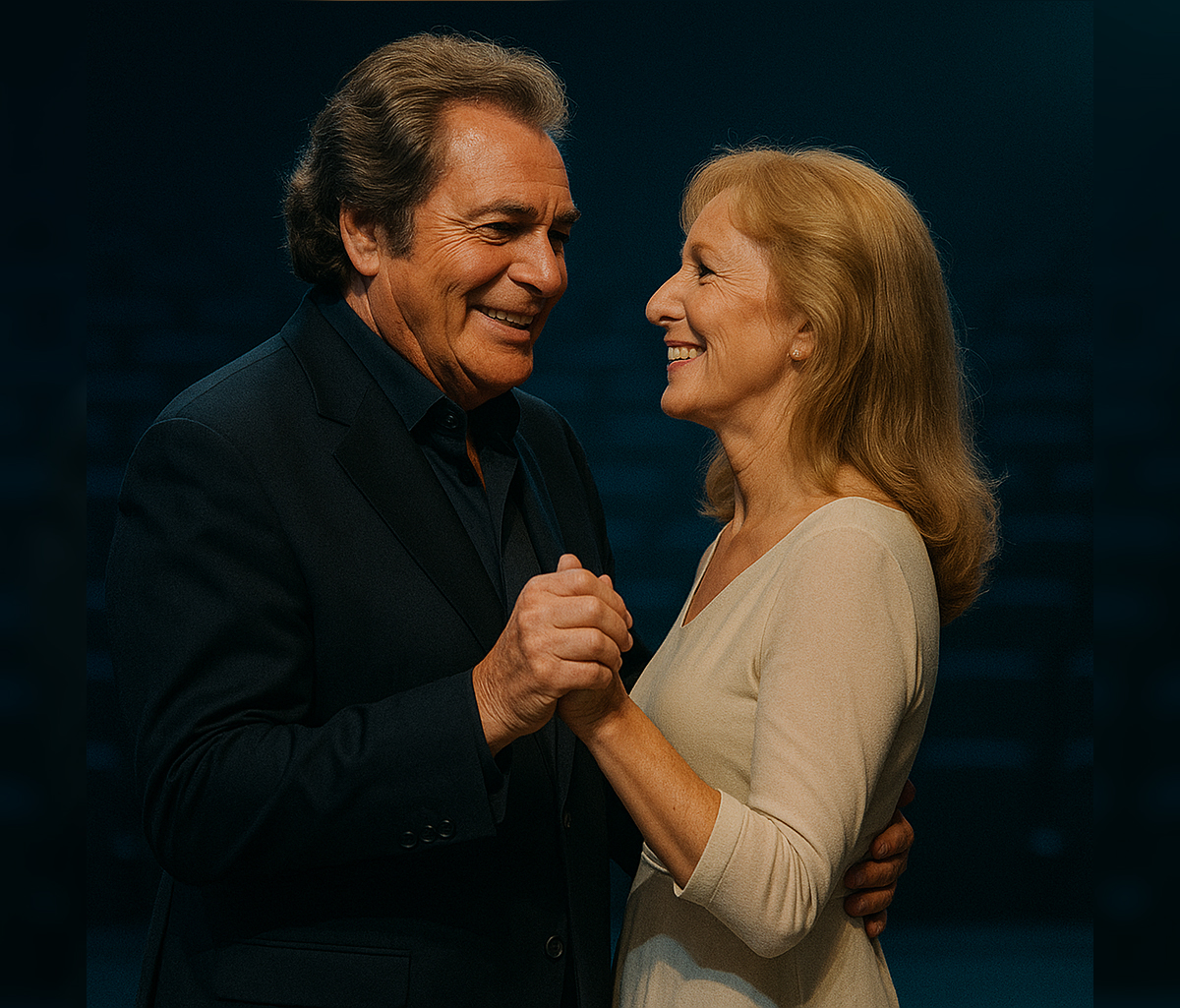Some promises need no words. Just a look, a melody, a quiet embrace — and the heart knows that love will stay, no matter what.
A silent battle in a quiet home
In 1989, Engelbert Humperdinck’s beloved wife, Patricia, was diagnosed with a serious illness. It came at a time when he was preparing for a major concert series in Las Vegas. While the world saw the bright lights and cheering crowds, Engelbert lived with a silent fear — the fear of losing the woman who had stood beside him through every rise and fall.

He didn’t cancel shows. He didn’t speak about it publicly. Instead, Engelbert chose to express his devotion in the only way he knew how — through music. He rewrote part of “The Last Waltz” — not for the charts, but as a personal vow: a promise that he would never leave her, no matter the outcome.
The night he said nothing — and everything
At the Las Vegas show, Engelbert didn’t mention Patricia’s condition. But something felt different. When he sang “The Last Waltz,” his voice carried a weight that the audience couldn’t explain:
“It’s the last waltz with you… but I’ll still be dancing beside you, even in silence.”
And then, instead of offering his usual bow and farewell, Engelbert simply walked offstage. No goodbye. Just silence.
After that performance, he postponed several commitments to be with Patricia. Fortunately, she recovered — and the song became a private symbol of love and resilience between them.
Love doesn’t need a spotlight
Engelbert never shared the full story in interviews. But those who saw him perform “The Last Waltz” afterward noticed something in his eyes — a soft, glistening look that spoke of a love nearly lost, and thankfully found again.
His love wasn’t loud. But it was steady, loyal, and eternal — made real through a melody that said what words never could.

🎵 Suggested listening: The Last Waltz – and imagine a man dancing one last time, hoping it would never truly end.